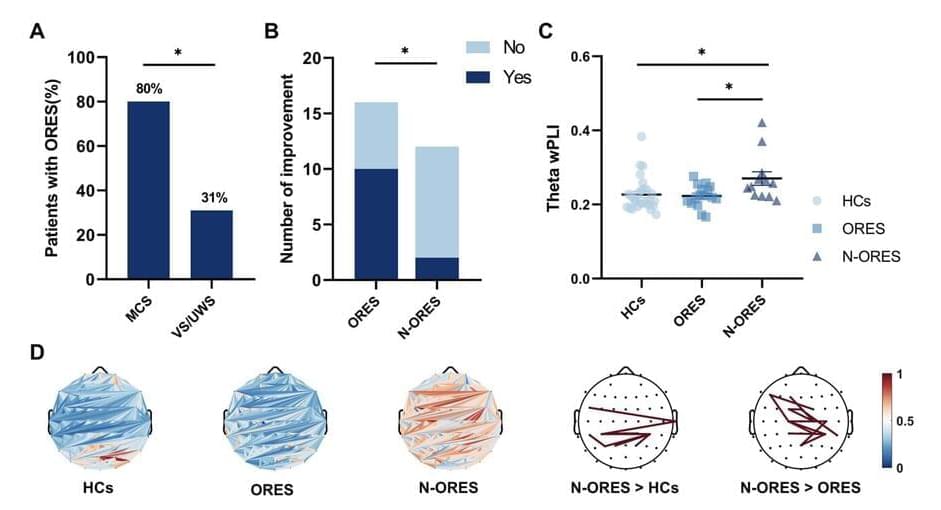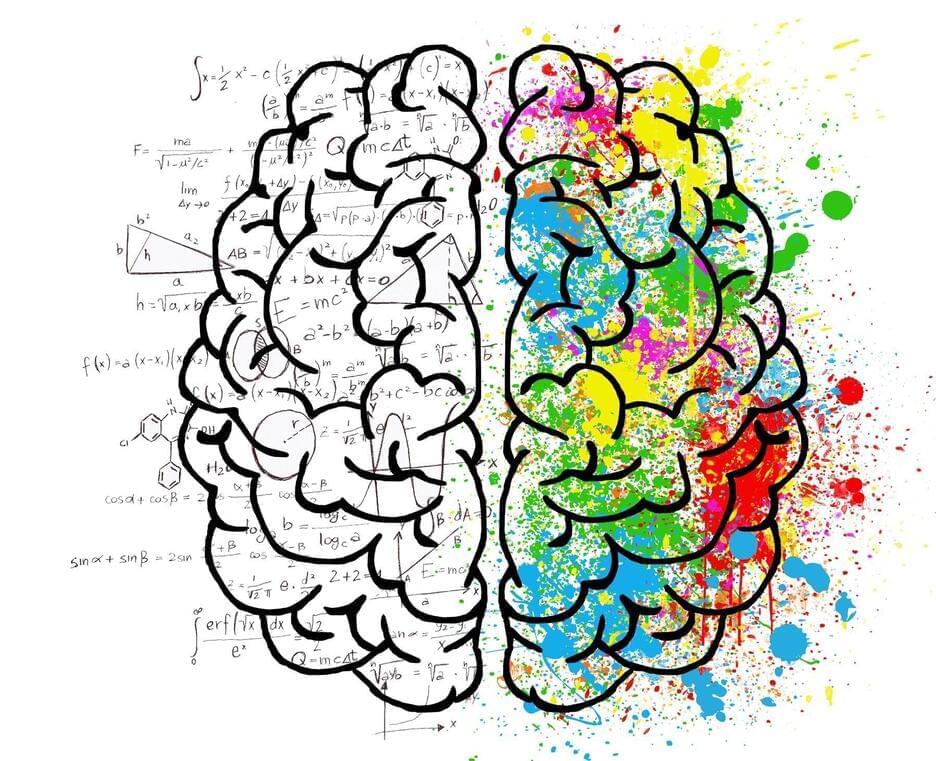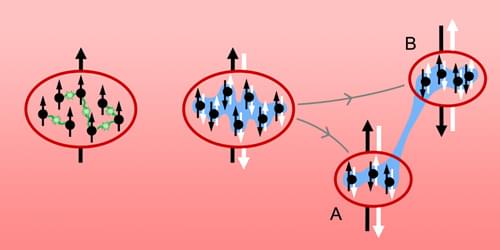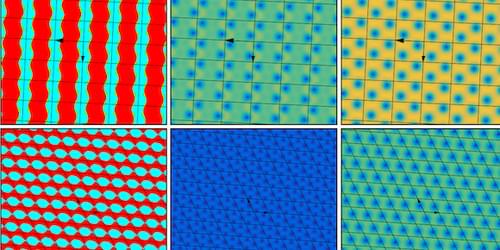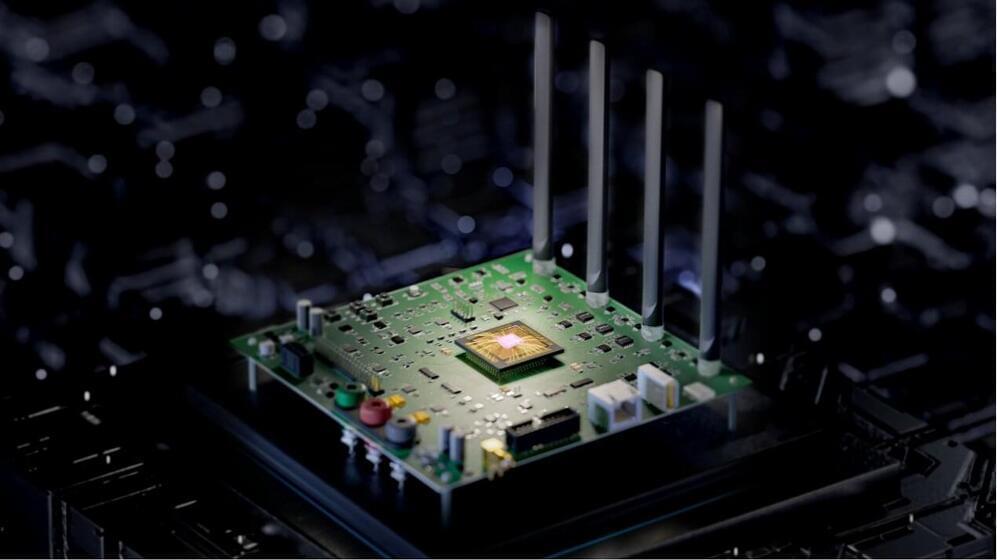Jun 1, 2023
New AR laptop with a virtual screen could revolutionize remote work
Posted by Shubham Ghosh Roy in categories: augmented reality, computing
Sightful, a startup based in Tel Aviv, is rolling out what it calls the world’s first augmented reality (AR) laptop following nearly three years of under-the-radar development.
Designed for the “work from anywhere” movement, the 13-inch Spacetop takes full advantage of AR to transform the area around users into 100 inches of virtual screen space.
Continue reading “New AR laptop with a virtual screen could revolutionize remote work” »

